Visit in 10 days three small countries in the heart of the Balkans: Montenegro (13,810 km 2 , 630,000 inhabitants), Albania (28,748 km 2 , 4,000,000 inhabitants) and Kosovo (10,908 km2 and 1,806,000 inhabitants).
"The greatness of a nation cannot be measured by the number of people who make up that nation" said V. Hugo. Their ancestors were the Illyrians, but today, apart from their descendants, Slavs, Albanians, Serbs, Turks and Muslims see their future in the big family of the European Community. These three countries are full of dynamic contrasts, whose relief is cruel and dramatic, but also quiet and brilliant.
10 days
From : €1,200*
Les francophones seront accompagnes par M. Halit Allkushi .
My travel agency accompanies clients in English, French, German, Italian, Russian and Greek. All my guides are officially known by our Ministry of Tourism and already very experienced.
Day 1: Discover the Montenegrin capital, Podgorica
Day 2: To the north of the country: The national parks
Day 3: From the north to the mouths of Kotor
Day 4: The Montenegrin Coast
Day 5: To Northern Albania
Day 6: Koman Lake and Valbona Valley
Day 7: Europe's new one: Kosovo
Day 8: Prizeren in Kosovo
Day 9: Return to Montenegro
Day 10: Departure
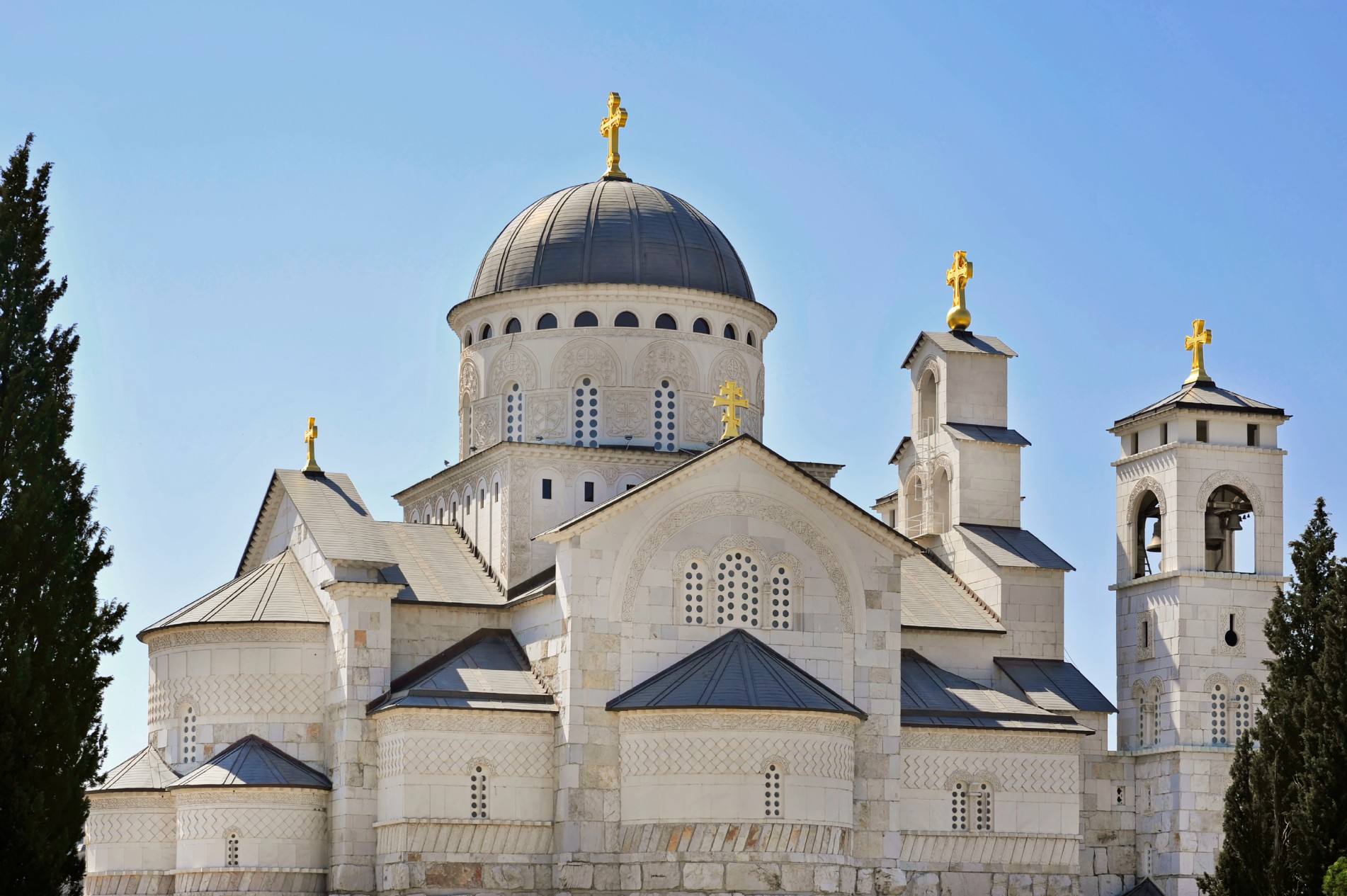 ©Lovcen - iStockphoto
©Lovcen - iStockphoto
Podgorica is the capital of Montenegro. The city has several bridges and rivers, including the modern Millennium Bridge over the Morača River and the Stone Bridge over the Ribnica River. The clock tower, built several hundred years ago by the Turks, dominates the old town.
In the Zeta-Skadar valley, south of the city, the Skadar Lake National Park is home to medieval monasteries, beaches, and various species of birds such as the curly pelican.
After landing at Podgorica airport, we check into the 4-star Aurel hotel, which is located almost in the city centre.
Sightseeing program:
Depending on the time of our arrival or departure, here is the program of our visits to the capital of the country.
Museum of Natural History
Orthodox church Saborni Hram Hristovog Varkresenja
Catholic church
The new Millennium Bridge at night
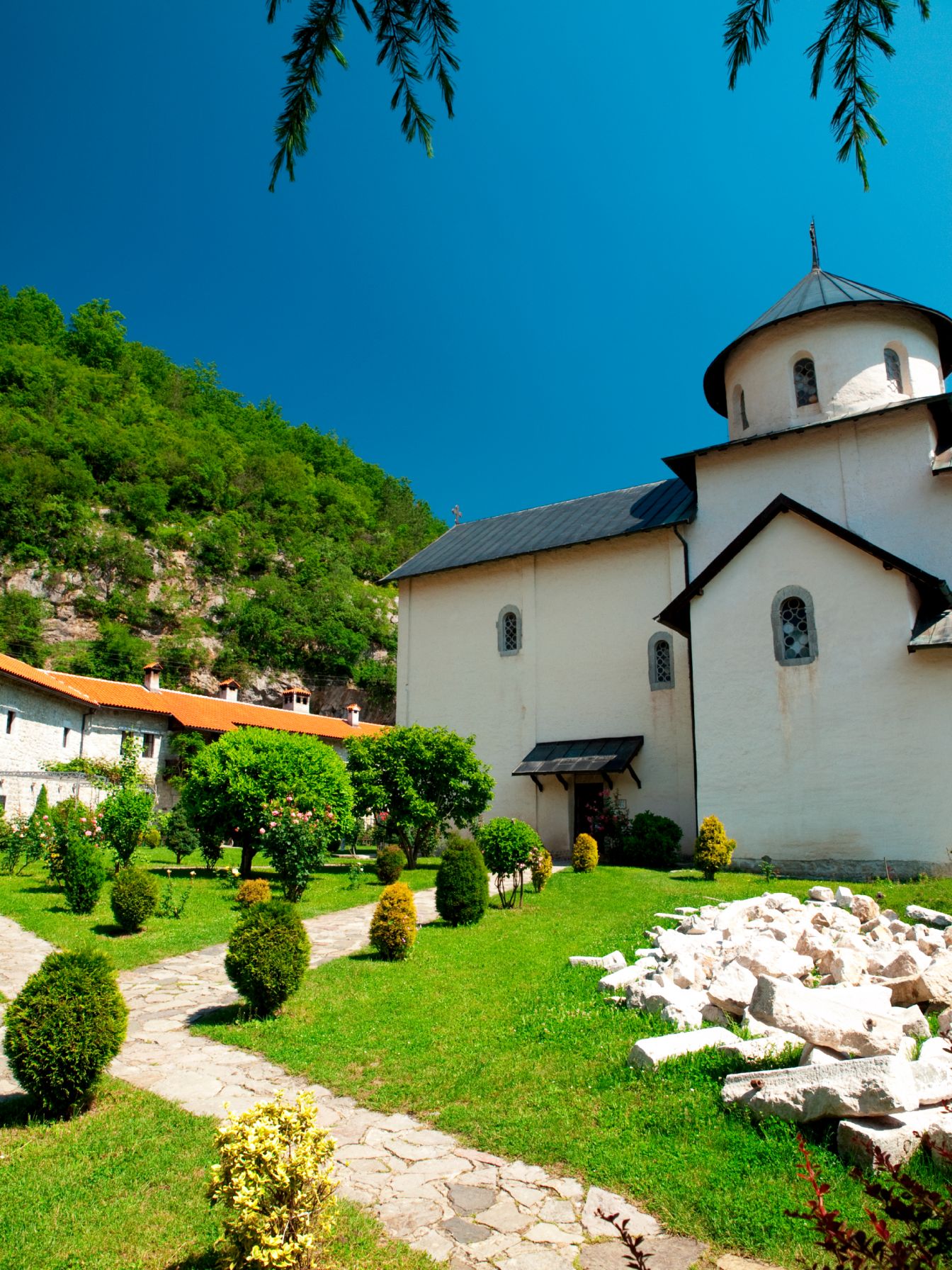 ©Chuvipro - iStockphoto
©Chuvipro - iStockphoto
The Tara Bridge, designed by Mijat Trojanovic, was built between 1937 and 1940 in the Kingdom of Yugoslavia. It was partially destroyed during the Second World War and rebuilt in 1946. 365 metres long, the bridge consists of five arches. The longest span is 116 metres. The roadway is 172 metres above the Tara River. At the time of its inauguration, the bridge was the largest concrete arch bridge for vehicles in Europe.
Morača Monastery is a Serbian Orthodox monastery located in central Montenegro. It was founded in 1252 by Stefan, the son Vukan Nemanjić, King of Zeta, and grandson of Stefan Nemanja.
Durmitor is located within the Durmitor National Park, established in 1982 and listed as a UNESCO World Heritage Site for its endemic flora and insect species. The park covers an area of about 30,000 hectares, including several ranges of alpine peaks and a 1,900-metre deep canyon, which is the deepest in Europe, with the Tara Canyon being the river that runs through the gorge and is also protected. The park also includes famous mountain lakes such as Lake Black and Lake Zminje
Visiting program:
You can stop for photos in front of the Tara and Moraca canyons.
Photos of the Tara Bridge.
Moraca Monastery
Biogradsca Gora (Black Lake)
Durmitrov National Park
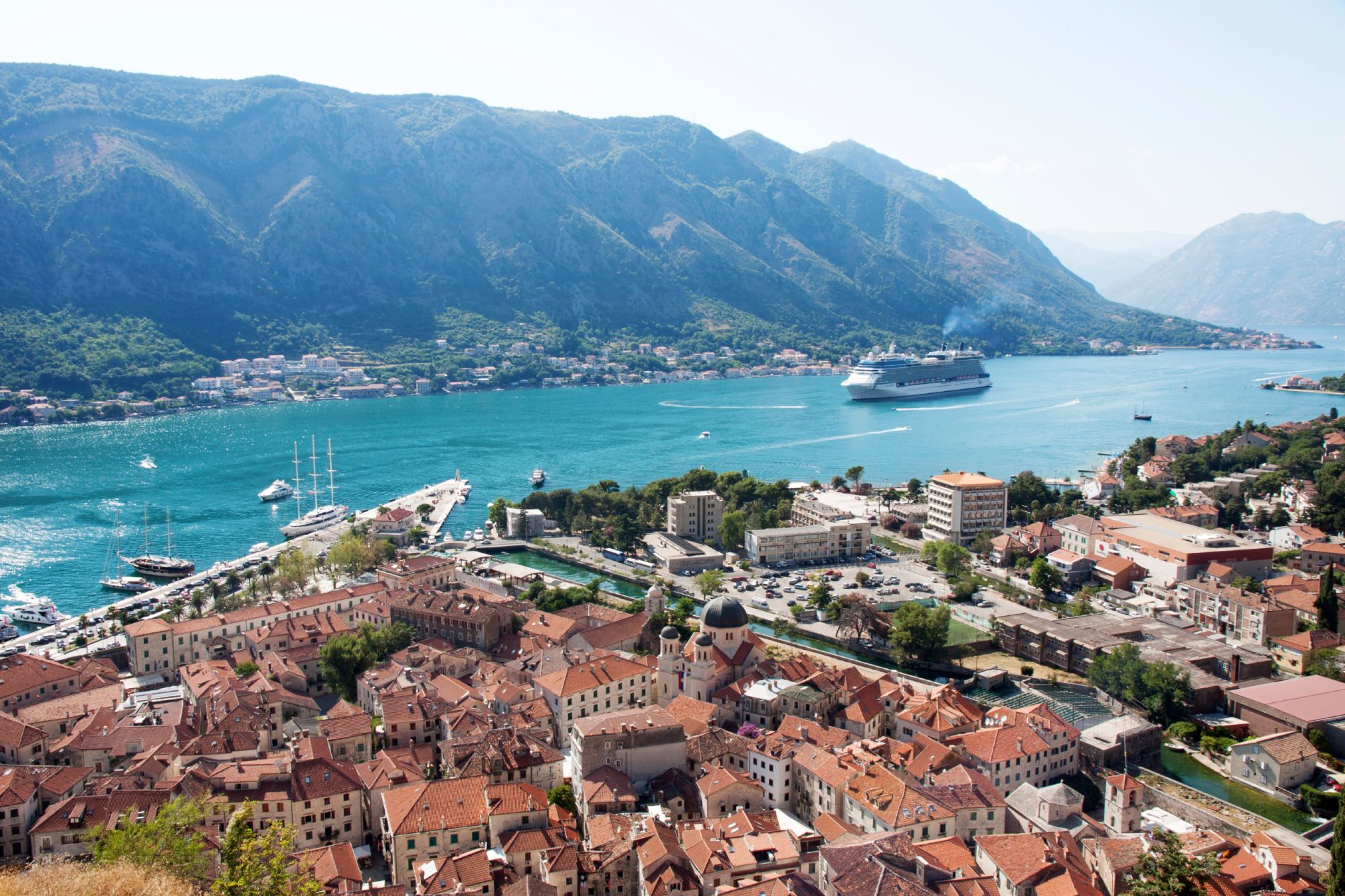 ©Yyyahuuu - iStockphoto
©Yyyahuuu - iStockphoto
Niksic: The old town was founded in the 4th century by the Romans. They established a military fortification because the place was a strategic crossroads. Some remains of the Roman wall still remain despite the destruction of the town. In the Middle Ages, it became the centre of the Serbian population of Župa before being taken by the Turks who fortified it.1887, the city was liberated from the Turkish domination and will experience a new development. The city was restructured according to a baroque scheme, carried out by the engineer Josip Slade under the order of King Nicholas I of Montenegro. For thirty years, the city developed at a steady pace. The economy flourished and schools were built, the Orthodox church of St. Vasilije, the palace of King Nikola built in 1900 in a neo-renaissance style, a park and the Tsar's bridge over the Slivlje River. The city was destroyed during the two world wars and rebuilt. The city was destroyed during the two world wars and was rebuilt. It underwent a rapid industrialisation to become the economic centre of Montenegro.
PIVA: The monastery is located about fifty kilometres from Niksic. This monastery is not in its original location, where it was built from 1573 to 1586. It was once located near the source of the Piva River. This isolated monastery was dismantled stone by stone - including the three-aisled church, a house for the monks, a bread oven and a surrounding wall, the famous iconostasis by the masters Longin and Kosmas (1638) - considered by some to be the most remarkable in Montenegro, as well as some 1,200 m2 of frescoes on the life of Christ - had to be moved by 2 km when the decision was made to dam the Piva River in 1967.
Ostrog: The Orthodox monastery of Ostrog is one of the most visited monasteries in the Balkans. Believers from all over the world, alone or in groups, linger here. It is a meeting place for three faiths: Orthodox, Catholic and Muslim, as the preserved relics of St Basil of Ostrog are believed to work miracles. According to pilgrims' stories, praying near the body of Vasilije allows one to be healed and to cope with life's difficulties.
The program of visits:
Piva Monastery
Ostrog Monastery
Cetinje (Monastery & embassy area)
The serpentine street between Centinje and Kotor
 ©Eloïse BOLLACK
©Eloïse BOLLACK
Kotor is a walled city on the Adriatic coast of Montenegro, set in a bay near the limestone cliffs of Mount Lovćen. Characterised by its winding streets and squares, the medieval old town is home to several Romanesque churches, including Kotor Cathedral. There is also the Maritime Museum, which traces the history of local shipping. On Sveti Đorđe, one of the 2 small islands off the old village of Perast, stands a centuries-old church.
Visits program:
In the morning: Fly boat to Kotor Gorge
In the afternoon visit to the old town of Kotor
15th century entrance gate
Clock tower
The exterior of the Price's Palace
Orthodox church of St. Luke XII and St. Nicholas
St. Triphon Cathedral
Accommodation in Mediteran 4 * hotel in Ulcinj
Ulcinj is the most important Albanian-speaking town in Montenegro and a very popular seaside resort. Ulcinj is bordered on the west by the town of Bar, on the north by the steep hills separating it from Lake Skadar, on the east by Albania and on the south by the Adriatic Sea.Human presence in the Ulcinj area dates back to the Bronze Age.The town was founded in the 5th century BC by the Greeks and besieged by the Illyrians, making it one of the oldest towns on the Adriatic coast. In Illyrian the name of the city was Ulkinon, where the radical Ulk means "wolf".
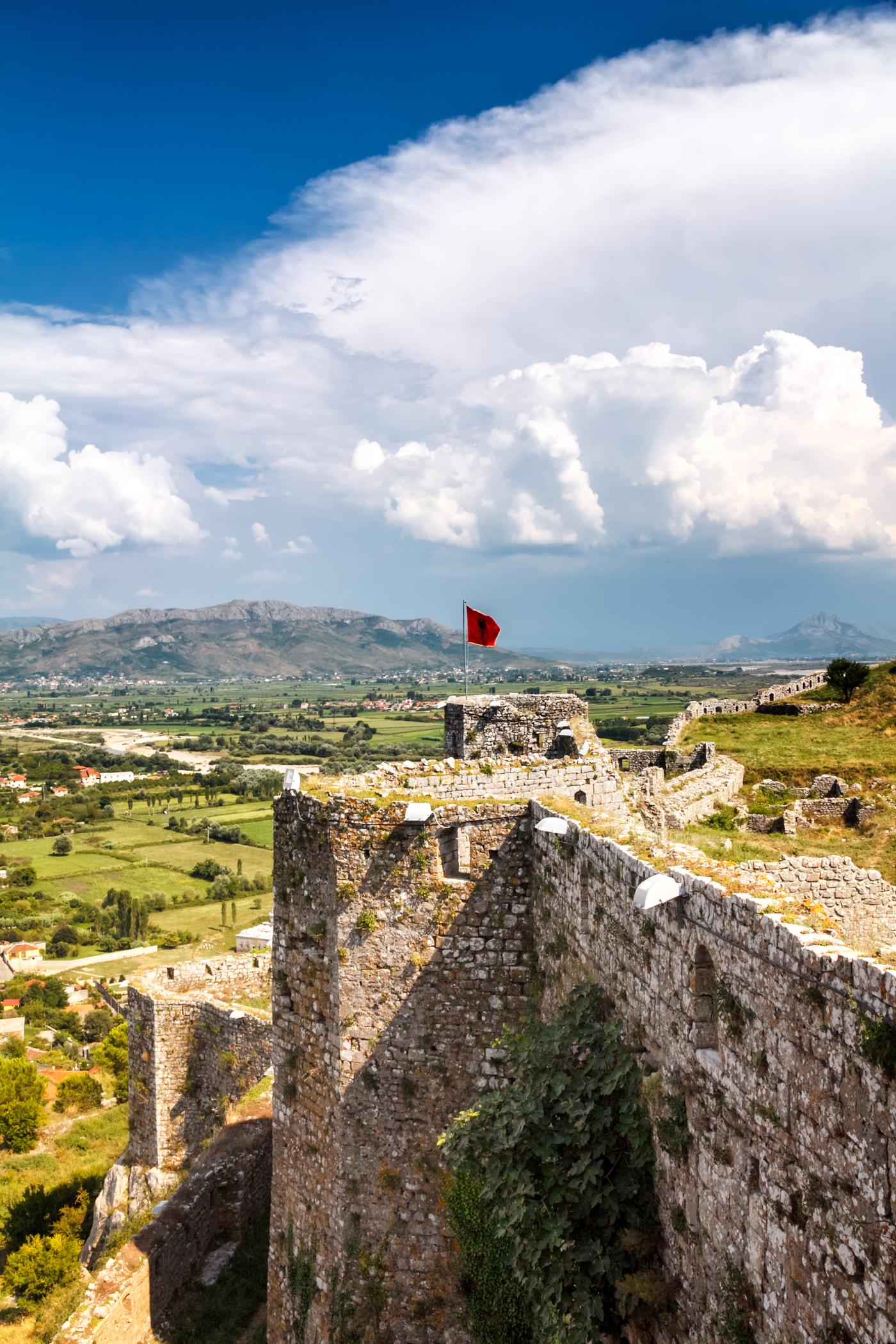 ©ViliamM
©ViliamM
Before the start of the tour we have a coffee at the lake in Shkoder.
After breakfast we will go directly to the proposed direction.
The program of visits :
Shkodra - (Italian: Scutari, or Illyrian: Scodra) is a municipality in the northwest of Albania, the main town of the region and on the lake of the same name, the largest lake in the Balkans (with an area of 370 km2), near the rivers Drin, Kir and Buna, where the current border of Albania with Montenegro passes. It is home to Shkodra Castle, which stands at a height of 130 metres. Shkodra is also surrounded by a mountain range, including the mountains of Cukal (1,722 metres), Maranaj (1,576 metres), Tarabosh and Sheldi.
Rozafa Castle
The National Museum
The Great Catholic Cathedral of the city
Mosque in the city centre
The Orthodox Church and the Church of Franceckins
The Venetian Mask Factory
Accommodation at the Coloseo 4 * hotel in Shkoder
 ©andrii_lutsyk - Adobe Stock
©andrii_lutsyk - Adobe Stock
After breakfast we go directly to the proposed direction. The program of visits :
Cruise on the Koman lake to see the unmissable landscapes.
Visit of the Valbona Valley
Sleep in the house of Hani I Kol Gjonit
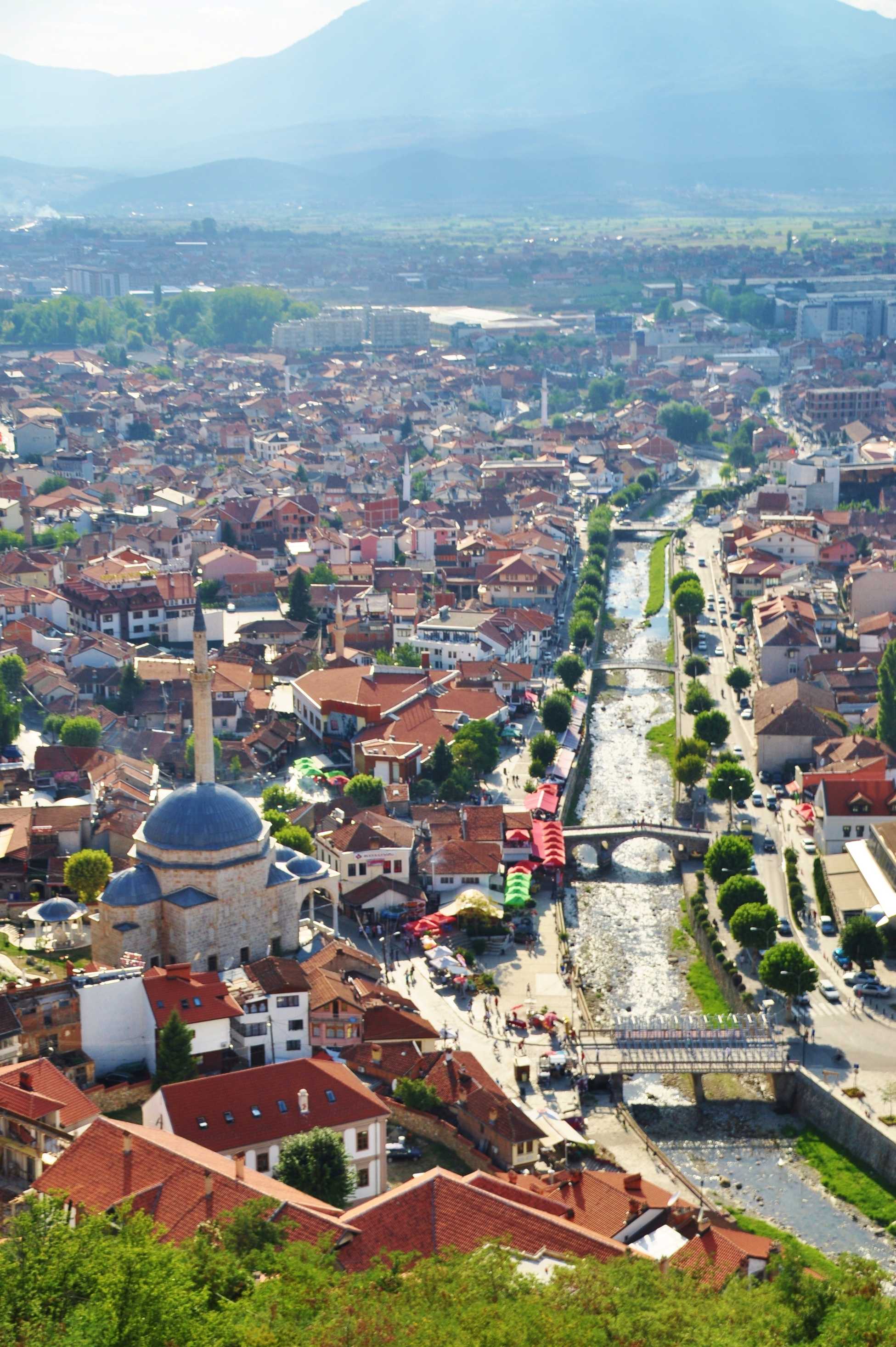 ©K.O.Photography - Shutterstock.com
©K.O.Photography - Shutterstock.com
Visiting program
Monastery of Decan
Patriacan of Pec
Rugova Canyons
Carshia e Madhe dhe Carshia e Vogel a Gjakove
PRISHTINA: After a turbulent nationalist revival, marked by the creation of the League of Prizren in 1878, Kosovo was included in the newly independent Albania.
Prior to 1939, the city had a diverse population with a majority of Albanians and Serbs. But Serbia's policy of ethnic cleansing forced Albanians to move to Turkey, replacing Greek and Armenian communities there. Thus, the Albanian population declined sharply
The Second World War saw the trend reversed. As Serbs left the city, Albanians arrived en masse from the surrounding countryside.
After being part of Italian Albania during the war, Pristina became the capital of the Socialist Autonomous Region of Kosovo in 1974.
The city's population grew steadily during the second half of the 20th century. While in 1953 the city had 24,000 inhabitants, today it has 206,000. The Albanian population now represents more than 70% of the total population.
In spite of the demographic growth, Pristina experienced a strong decline during this period, and this continues to this day. The economic and political crisis accentuated the discontent of the population and nationalism.
A way out of the crisis was vaguely outlined when Tito's government authorised the creation of a university independent of Belgrade and allowed the use of the Albanian flag.
In March 1981, discontent was again felt and student protests had repercussions throughout Kosovo. The Yugoslav authorities responded by establishing a state of emergency and a special police force.
After 1989, following the strong hardening of Slobodan Milošević's anti-Albanian policy from 1990, Albanian activists founded with the writer Ibrahim Rugova the Democratic League of Kosovo, which created a parallel Kosovar government with its own bodies, donors and actions (education of Albanian children, in particular).
In 1996, when the war between the Kosovo Liberation Army and the Yugoslav forces was declared, the city was bombed several times and entire districts were destroyed. Part of the Albanian population was forced by the army to flee to the Macedonian-Albanian border, while many others were forced into exile, fleeing by all means. The war reached its peak of violence in 1999. The intervention of NATO and the KLA liberated the whole of Kosovo.
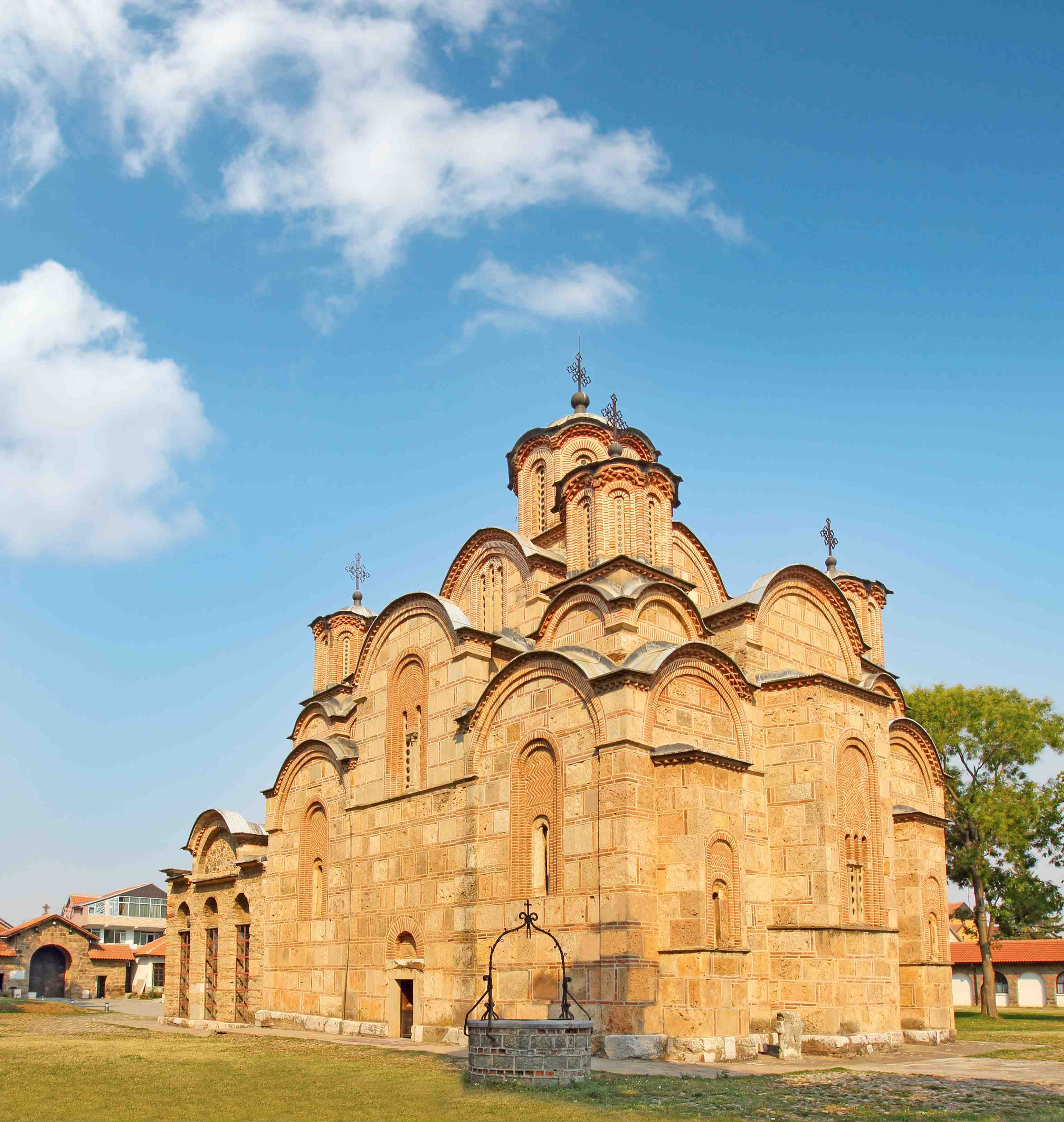 ©gopixgo - Shutterstock.com
©gopixgo - Shutterstock.com
The program of visits :
Gadime Cave
Grashanica Monastery
Jashar Pasha Mosque
Mere Theresa Cahtherdale
The Muse of Kosovo
Mosque of Sofi Sinan Pasha and Bajkrali
The stone bridge
Sleeping at the Classic Hotel in Prizeren
 ©AndreiRybachuk - iStockphoto
©AndreiRybachuk - iStockphoto
After breakfast we go directly to the proposed direction. The program of visits:
Waterfall near the capital of the country.
Visit to the village of Rijeka Crojevica
Free afternoon for shopping in the capital.
Sleep in hotel Aurel in Podgorica
 ©OPIS Zagreb - Shutterstock.com
©OPIS Zagreb - Shutterstock.com
Depending on the time of the plane's take-off, direction Podgorica airport.




Each Travel Idea is customizable according to your wishes

